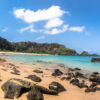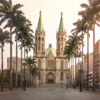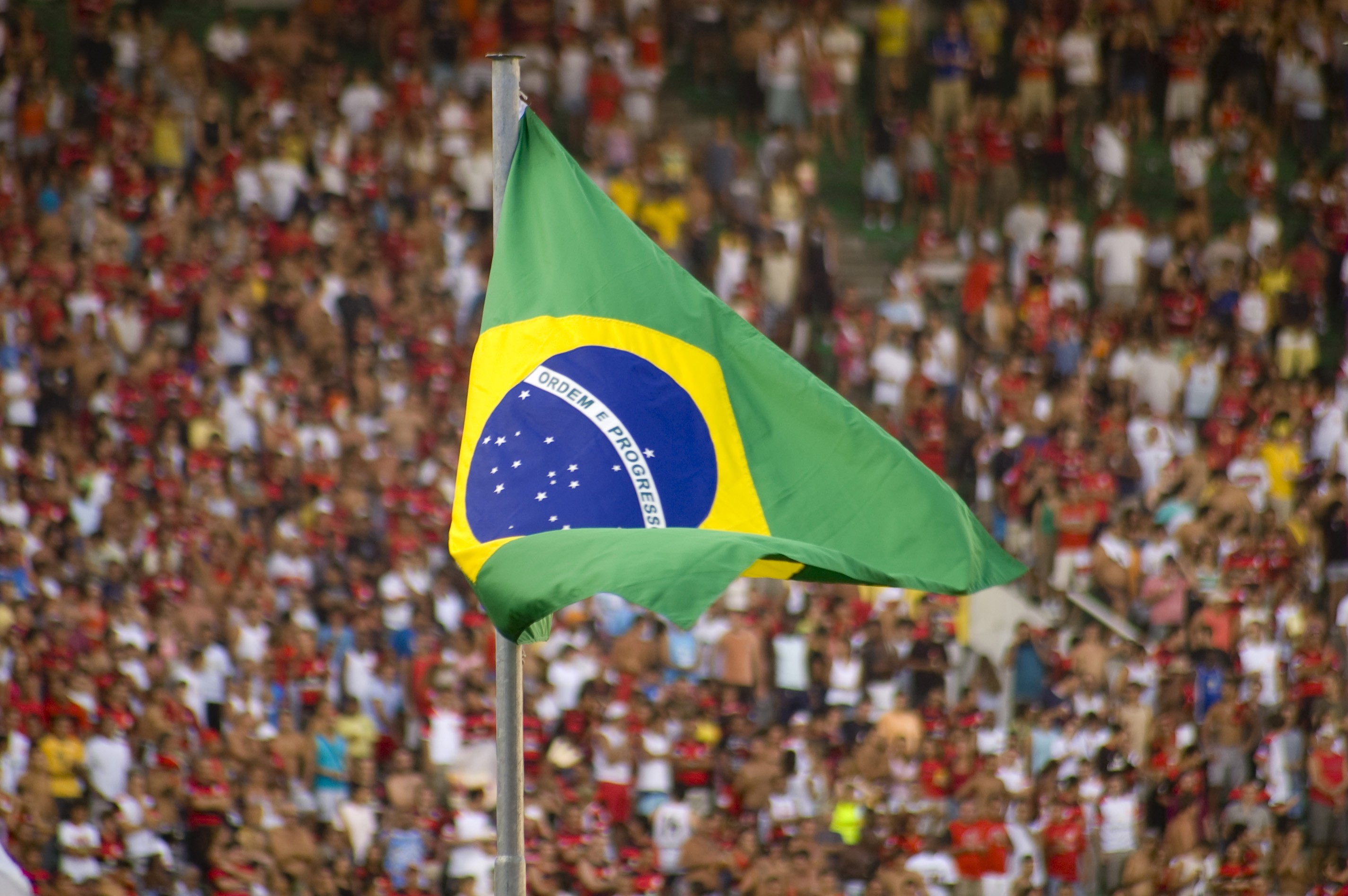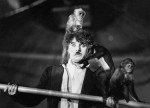Football is not only a beautiful game that motivates and encourages team cooperation of a huge number of young people around the world, it also has a great political, national and economic impact. The central global event of this sport is certainly the World Cup, which is organized every four years by the International Federation of Football Associations - FIFA. The World Cup final of the world's most popular game is watched by more people in some places than the Olympics.
The development of football in Brazil

The history of football in Brazil is not as long as in England and some other European countries, but it is definitely one of the richer ones. The sudden rise and fanaticism with which Brazilians embraced the sport produced great footballers and took the country to the world stage.
READ MORE: FIFA World Cup 2014 - From Cradle to Brazil #1
The history of football in Brazil really began in 1930 with the appearance at the World Cup in Uruguay. Although the Brazilians were eliminated in the first rounds, the media coverage of the event brought football into the dreams of every young Brazilian. The first writer of Brazilian football history was Leonidas da Silva, who in 1938 became the first player in the history of the World Cup to score four goals in a single match. The story of incredible success was continued by Pele and Garrincha. The dynamic duo were instrumental in achieving World Cup success in 1958 and 1962. In 1970, Pele single-handedly helped Brazil to the title and is considered by many to be the best player in the entire history of football. Until today, quite a number of legendary football players from Brazil have appeared, such as Socrates, Zico, Carlos Alberto Torres, Ronaldinho, Ronaldo, Romario, Cafu and others. Brazil achieved victory in 1994 and 2002. We should also mention that one of the largest football stadiums in the world is called Maracana and is located in Rio de Janeiro. The Brazilian football temple was opened in 1950, when Brazil hosted the World Cup. It can accommodate up to 80,000 spectators, and the record attendance is as many as 200,000 spectators, namely in 1950 during the match between Brazil and Uruguay.
World Cup 2014
Soon, 32 countries from around the world will compete for the prestigious title of the best soccer country. The favorite is Brazil, which is determined to win another sixth world championship title, precisely on home soil. This would correct the painful memories of the last away game in 1950, when they lost 2:1 against Uruguay. A new world record for the number of goals scored at the World Cup is also expected. So far, the record holder is the Brazilian footballer Ronaldo, who managed to score 15 goals in the World Cups. Miroslav Klose, a 36-year-old footballer from Germany, who currently shares second place with Gerd Mueller (14 goals) and is only two goals short of the world record, will try to surpass him. He will take part in the biggest football event in the world for the fourth time and, as he says, also for the last time. The official ball called Brazuca will help him achieve the desired result. The "brazuce" technology will be the same as the ball seen in the Champions League, but the new structure with a unique symmetry of six identical plates will provide better grip, touch, stability and aerodynamics on the pitch. Among the 600 professional players from 30 clubs who have tested the ball for more than two years are famous football names such as Lionel Messi, Steven Gerrard, Iker Casillas and Zinedine Zidane.
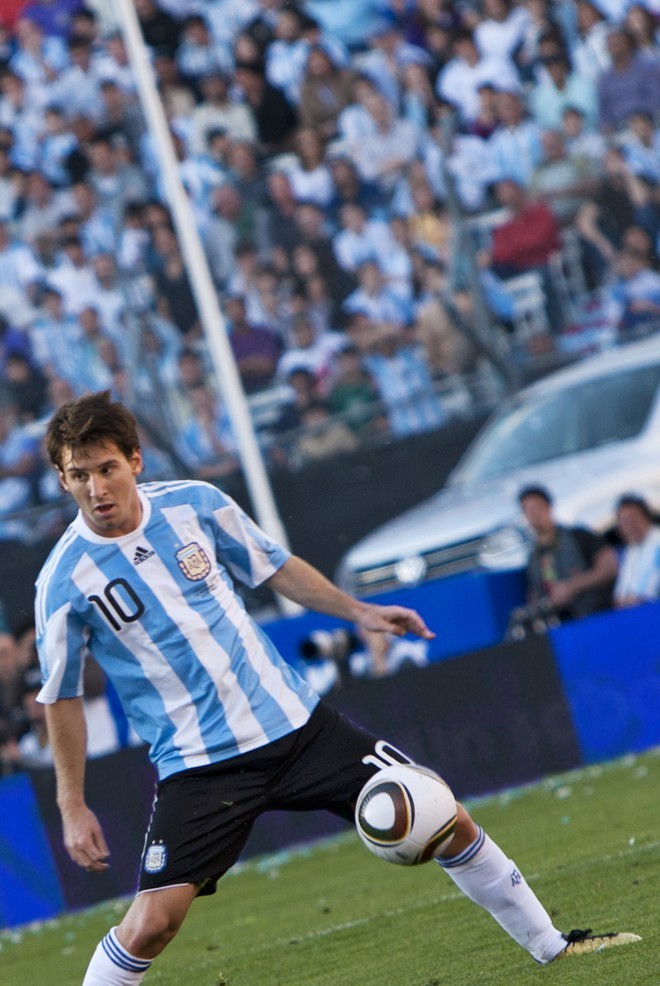
Every World Cup in football is one of the big media events, so advertising and everything that revolves around it plays a big role in football, and there is no lack of sponsors for the national teams. Barely a month before the start of the biggest football spectacle, Adidas presented the Battle Pack - the official football boot collection for the World Cup in Brazil. Designed in unique black and white patterns, they will stand out from the wide range of colors on the pitch. Football giants and Adidas ambassadors such as Leo Messi, Oscar, Dani Alves and Luis Suarez will wear the kick boots in Brazil.
Finally, we can mention the official World Cup anthem "We Are One (Ole Ola)", performed by Pitbull in collaboration with Jennifer Lopez and Claudia Leitte. Other songs representing the World Cup in Brazil were contributed by world-class musicians such as Carlos Santana, Wyclef, Avicii and Alexandre Pires - "Dar um Jeito (We Will Find A Way)" and once again Shakira with the song "La La La" .
Infomat
And some other interesting things...
In the first World Cup in 1930, two balls were used, called the Tiento and the T-model. The first half was played with the Argentina-Tiento ball and the second half with the Uruguay ball, and skeptics claimed that Uruguay won because of their T-Model ball, which was bigger and heavier. The most recognizable is the black and white model of the ball, called Telstar, from 1970.
The first official World Cup anthem was played in 1962 with the title "El Rock del Mundial" by Los Ramblers.
Among the greatest legends of football history, Pele, Diego Maradona and Franz Beckenbauer took the top three places. The first two places among today's footballers are definitely occupied by Lionel Messi and Cristiano Ronaldo, while Luis Suarez, Neymar, Zlatan Ibrahimović, Gareth Bale and others are also on the list of the best.
The most expensive transfer in history is the departure of Gareth Bale from Tottenham Hotspur to Real Madrid for a staggering 105 million euros. It is followed by the transfer of Cristiano Ronaldo from Manchester United to Real Madrid for 98 million euros.
The best-paid footballer in 2014 is Cristiano Ronaldo, who received as much as 53.6 million euros, followed by Lionel Messi with 47.7 million euros.
The most watched match of all time took place at the 2010 World Cup between the Netherlands and Spain. According to estimates, the sporting event was watched by around 700 million people.
In Brazil, the largest stadium is the Maracana, Rio de Janeiro, with a capacity of 80,000 spectators. The largest stadium in the world is located in North Korea, in the city of Pyongyang. It was built in 1989 and accommodates as many as 150,000 spectators. The largest stadium in Europe is Camp Nou, the home ground of FC Barcelona, which accommodates almost 99,000 spectators.

